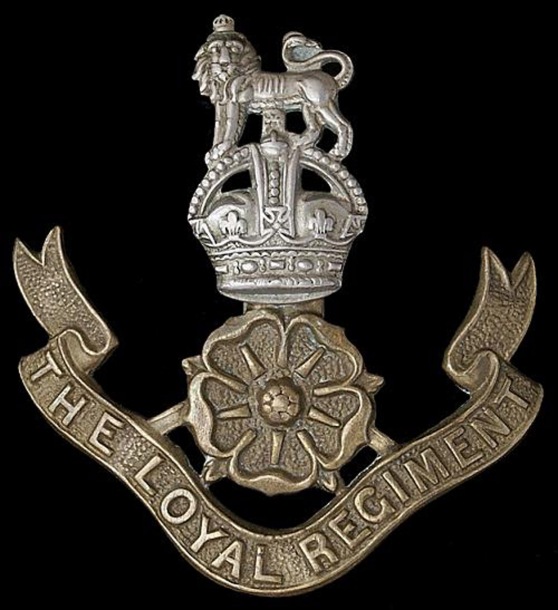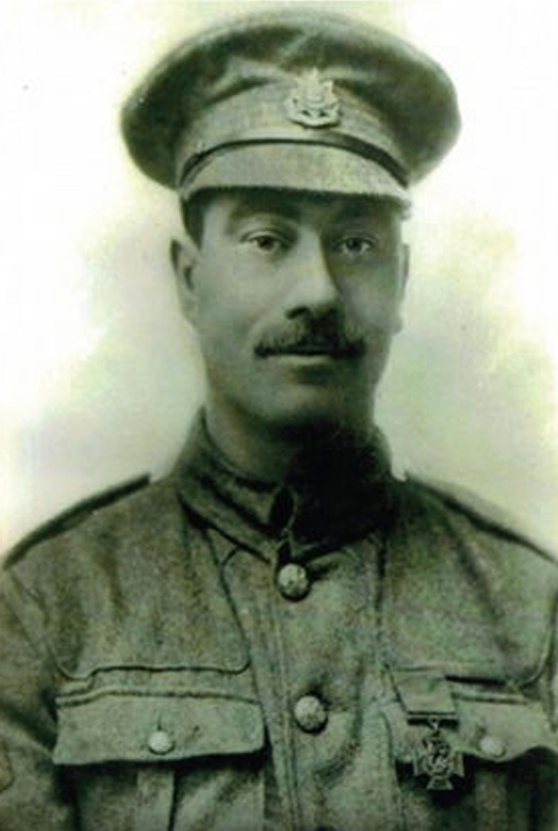


There are two really outstanding photos that we’ve come across in this project. Once tucked away in private family collections, they can now be viewed by all, allowing us a very privileged insight into the world of the people who lived in this area one hundred years ago. One is at the top end of Summerstown, a view of a group of people outside The Corner Pin in 1916 which includes Private Albert Clarke. The other is an extraordinary gathering of family and neighbours including the sailor John Henry Wood, which we now believe was taken in a house at the other end of this road.
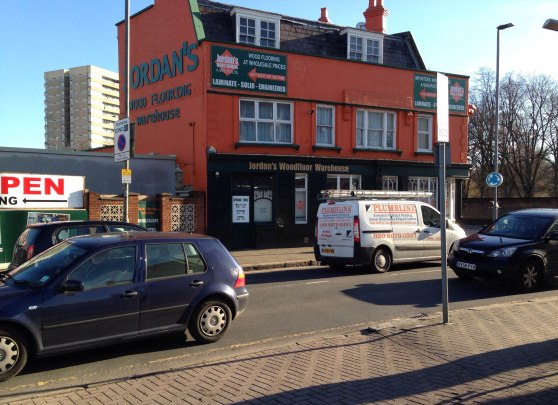
A few weeks ago whilst unravelling the Blakeley family for our last story I worked out that their Summerstown neighbours at No90 were the Woods. Luci Hammond who provided the photo, taken in 1918 some time before John Henry Wood’s deadly Zeebrugge mission is coming on a Summerstown Walk next weekend. She told me that made sense as her Great Grandmother, Lucy Louisa Wood had married Albert Hammond from No92. The boy next door. Well, to be honest he had moved a few doors down to No68 by the time they tripped down the aisle at St Mary’s, but he was next door from at least 1911. The Woods being resident at No90 meant that the location of the classic photo of them all, previously assumed to have been 596 Garratt Lane, was in fact the back yard of No90 Summerstown. To add to our impression of this location, roughly opposite The White Lion pub, we already had a view of the area backing up to these houses, currently part of the forecourt of Wimbledon Stadium. It is captured in an extraordinary photograph of a gypsy caravan settlement which is in the Merton Archives collection. To complete this fascinating portrait of Edwardian Summerstown, Kevin Kelly located a photograph of the exterior of Nos88-90 in the London Metropolitan Archives. Dominant in this is a grocer’s shop by the name of Scott’s.
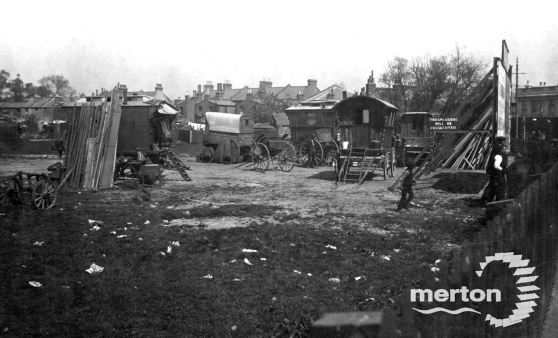
Casual labour associated with the cultivation and selling of lavender and watercress lead to a strong Romany presence in the area, though focused more on Mitcham. The horse slaughtering yard and dependent industries off Garratt Lane had attracted a similar settlement in the Wardley Street area. This was portrayed recently in the delightful film ‘Ethel and Ernest’ an animated daption of the story of the author and illustrator Raymond Briggs’ parents. A very vivid scene shows Ernest stepping out of his Lydden Road home into a world of horses and carts.

Edward Thomas noted the Romany presence when he cycled through Summerstown in his 1913 book ‘In Pursuit of Spring’. He was a little bit snooty about this area, describing it as ‘flat and low, suitable rather for vegetables than men’. He very specifically refers to ‘the dirty backs of Summerstown’ and ‘high advertisement boards behind which lurked three gypsy vans, a mixture of the sordid and the delicate in the whole was unmistakable’. Funnily enough, one hundred years later there is still an advertisement hoarding in roughly the same place. The traffic is usually static so perhaps its not surprising.

These revelations prompted a memory of the family running a saddler’s shop and there being a rumour that the Woods were of ‘gypsy stock’. Apparently Lucy even kept a wooden caravan at Canvey Island for many years through the fifties and sixties. Most interesting of all was a photo of two men in uniform, Albert Hammond with his younger brother John. We think he may be the ‘J Hammond’ on our war memorial. However, there is a bit of a twist due to the existence of an older brother, Joseph James who could also possibly be the person commemorated in St Mary’s. Certainly this particular name has caused us more headaches than most – the main reason is that we haven’t been able to find a Commmonwealth War Graves Commission record for either brother.

John was the younger brother of Luci’s Great Grandfather, killed in the war and after whom both her father and grandfather were named. Joseph was discharged from the army and died on 6th December 1918. Like Charles Moss and Arthur and William Mace, he has no Commonwealth War Graves Commission recognition. No record of his sacrifice on the database, no name carved into the soft white stone.

James Hammond Senior was born in Westminster in 1871. It would appear that he was resident at an Industrial School in Winchester around his tenth birthday. Perhaps it was here that he formed the interest in pottery from which he was later able to earn a living . He was resident in East Street, Walworth, home to one of south London’s great markets when he married Rosina Stocks at St John the Evangelist in Walworth in 1892. Joseph was born in 1893 and Albert three years later. We can’t find a record for John. In 1901 the family were at 8 Crumsden Place in Brixton and Joseph and his brother Walter both worked as potters for Doultons in Lambeth. This was the heyday for this company, given a Royal Warrant by Edward VII and conducting their business from grand premises on the Albert Embankment, near Lambeth Bridge. The census accounts for two children, Joseph eight, Albert five and a one week old baby. By 1911 things had changed considerably for them. They had relocated to four rooms at 92 Summerstown, at the end of the street, opposite the pub. The infant had died but a new addition to the family was eight year old Rose. Joseph Senior was still with Doultons but his oldest son had joined the army and at this time was billeted in Kingston Barracks. A year later Albert added a couple of years to his age and joined him. Both were in the East Surrey Regiment as Special Reservists. Joseph gave his profession as a casual labourer, Albert as a file finisher. Joseph Senior died in 1929 and Rosina in 1957. She lived at 68 Summerstown until her death in 1957 aged 83 and the below photo was taken about a year later. In the centre of the picture is Gothic Lodge with its distinctive roof and tall chimneys and to its right is the last surviving building on the main part of this road.


The three Hammond brothers had a choppy military career. Note the wound stripes on their cuffs. Three on Albert, two on his rather more fresh-faced brother John. These were instituted in 1916 and were permitted to be added to the uniform of anyone whose name appeared on a casualty list. Bearing in mind Albert’s discharge in 1917, his were all acquired in the space of a year. Albert was invalided out of the army with a Silver War Badge in the summer of 1917. According to family legend he threw himself on top of a grenade to save his comrades but as a consequence ‘was picking lead out of himself till the day he died’. A few months after that he married Lucy.


J Hammond is regularly listed in the St Mary’s parish magazine with Albert and rightly so as they were in the army before the war. His final mention states that on 6th December he died of influenza. ‘J. Hammond East Surrey Regiment, who had been invalided from the army after being gassed, died from influenza on December 6th’. His death certificate contradicts this, giving the date of death as 12th December but confirming that 25 year old Joseph, working as a boot repairer had died of influenza, toxaemia and heart failure. His Aunt was present at his death at 90 Summerstown, the Wood household. He is listed as resident at No68. We haven’t been able to find yet where he is buried.

No service papers exist for the brothers but Chris has pieced together a very thorough picture of the two oldest’s military careers from medal index cards and the Surrey Recruitment Registers. Joseph’s medal documentation indicates that he transfered from the East Surreys to the Hampshire Regiment and was declared a deserter on 4th November 1915. Whether he was apprehended or handed himself in or how long he was AWOL for remains a mystery. There are no records to say what happened to Joseph after November 1915. He was though a lucky lad, a year later such conduct might have had very dire consequences. As a pre-war regular, assuming he was always in the 2nd Battalion he would have spent time in India, not returning to the UK until after the outbreak of war. He first went overseas on 19th January 1915 and would have been present at the ‘St. Valentines Day Massacre’ in February 1915 which claimed the life of fellow Summerstown resident Charles Norris. During the desperate fighting in the Ypres Salient in the first weeks of May 1915 he may have been wounded and returned to the UK. Once fit for duty he would have first been posted to the 3rd Battalion, a training reserve for those men recovered from wounds. It is here the records come to an end, apart from the stark statement of desertion.
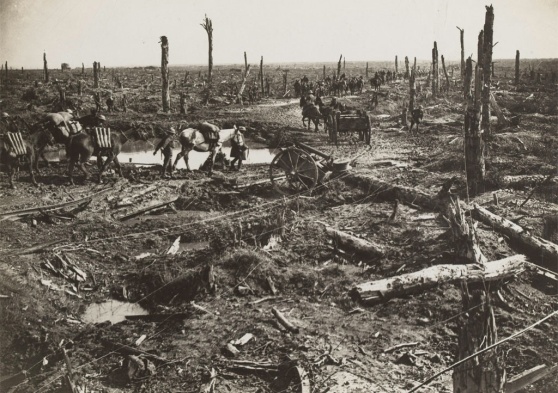
Albert Edward Hammond would appear to have transfered from the East Surrey Regiment to the Border Regiment in October 1915. Pre-war he would have been in Ireland and was still there when war was declared. He first went overseas on 7th October 1914 and was present at both the 1st and 2nd Battles of Ypres, and would have been at Hill 60 in April 1915. Around this time there is a record of him receiving two doses of Field Punishment No1 and for a while he was reported missing. The strain was showing on both brothers. Many of their friends would have been killed and they must have wondered what they had got into. By November Albert was back with the East Surreys and the following year was in action at the Somme. He was discharged on 12th June 1917 and came home to Lucy and a job in munitions.
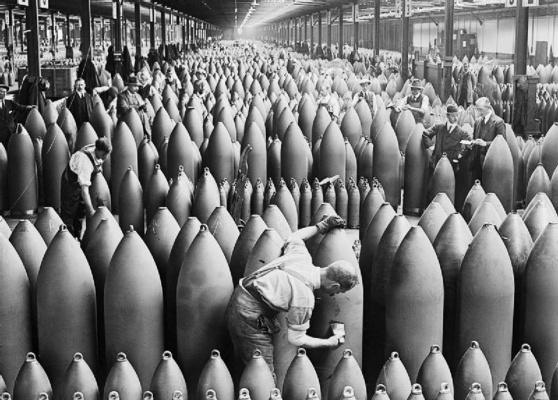
There is no record then of Joseph’s discharge, but the fact that his profession is noted as a ‘boot repairer’ on his death certificate indicates that he had found a new trade and suggests that some time had elapsed since he left the army. There is no record of his military service on this piece of paper and nothing in the Commonwealth War Graves Commission database to indicate that Joseph James Hammond had spent at least four years as a soldier, serving in the outposts of the empire and fighting in some of the fiercest battles of the First World War.

And what of John, photographed above. He is known within the Hammond family, preserved in photographs and after whom two generations were named, but apparently missing from both census and military records. We have not so far been able to find any reference to Rosina and James having a son called John, but who’s to say they didn’t and he’s just slipped past the official records? One theory could be that they unofficially ‘adopted’ someone – perhaps in view of losing an infant? Or he could have been a relative who lived with them as one of their own and who Albert regarded as a brother? My Grandmother was one of twelve children from Co Wicklow, but lived with an aunt because the family simply couldn’t look after them all. Also the Hammonds were a relatively small family and possibly in a better position than many to ‘help’.

Thankfully though, Reverend John Robinson had the foresight to put a name on the St Mary’s memorial and because of that we are writing about them today, we are proudly showing John and Albert’s photograph and ensuring in years to come, that both he and James will be remembered. Which one is J Hammond? It really doesn’t matter.
Many thanks to Luci and John Hammond for allowing us to share their family’s memories and these very precious photographs. Also to Chris, Sheila, Christine, Marion and Kevin who have all helped tell the story.

